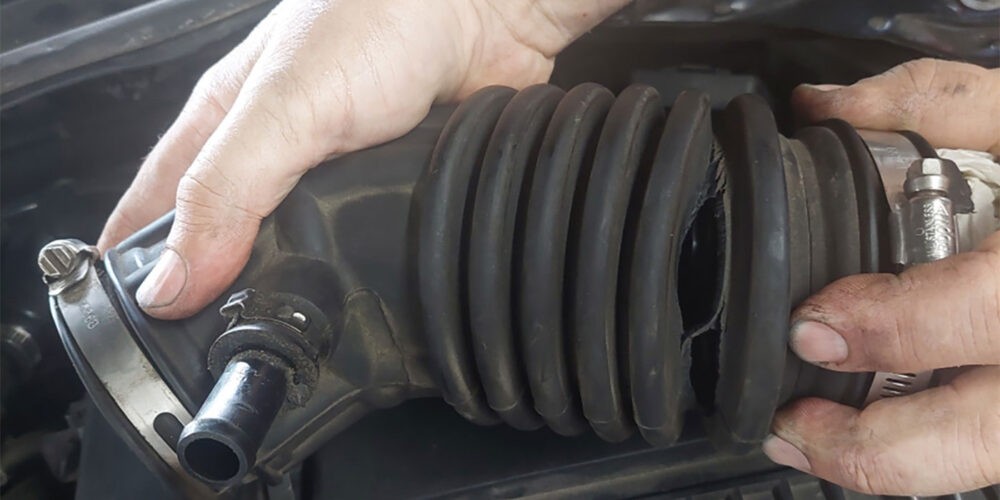A common issue with the 2014 Nissan Pathfinder, and other Nissan models equipped with continuously variable transmissions (CVTs), is a sudden loss of throttle response when the vehicle is shifted into gear. This can manifest as a “no move” condition, often mistaken for a transmission failure. While several potential causes exist, diagnosing the root of the problem can be challenging. This article explores some common reasons behind a 2014 Nissan Pathfinder exhibiting no throttle response.
Common Causes of No Throttle Response
Several malfunctions can trigger a failsafe mode, resulting in no throttle response. These include:
- Faulty Brake Switch: A stuck brake switch (also known as the stop lamp switch) can signal to the vehicle’s computer that the brakes are constantly engaged, preventing acceleration.
- Driver Error: “Double-footing,” or simultaneously pressing the gas and brake pedals, can confuse the system and lead to a loss of throttle response. This is often unintentional and can occur due to driver fatigue or improper foot placement.
- Brake Bulb Issues: Blown or incorrect brake bulbs can disrupt the electrical signals related to braking, potentially triggering the failsafe mode. Always ensure the correct bulbs are installed and functioning properly.
- Wheel Speed Sensor Malfunctions: Faulty wheel speed sensors can provide inaccurate data to the vehicle’s computer, leading to various issues, including a loss of throttle response. This can happen if a sensor is damaged or its wiring is compromised.
- Compromised Tail Light Grounds or Water Intrusion: Issues with the tail light grounding or water accumulating inside the lens can interfere with electrical signals, potentially causing a no throttle response condition.
- Air Intake Leaks: A less common but equally problematic cause is an air leak in the intake system after the mass airflow (MAF) sensor. This disrupts the air/fuel mixture, causing the engine to run lean. The vehicle’s computer may initiate a throttle shutdown to prevent potential damage to the catalytic converter and reduce emissions. A cracked or damaged air duct hose, especially the accordion-style hose common in many vehicles, is a potential source of such leaks.
 Damaged air intake hose.
Damaged air intake hose.
- MAF Sensor Problems: While a faulty MAF sensor might not always trigger a specific diagnostic trouble code (DTC), it can contribute to a lean air/fuel mixture. Nissan has issued bulletins for reprogramming the MAF sensor to address certain performance issues.
Diagnosing the Problem
Identifying the exact cause requires a systematic approach:
- Visual Inspection: Inspect the brake switch, brake bulbs, tail light wiring, and air intake system for any visible damage or signs of wear. Pay close attention to the accordion section of the air intake hose for cracks or separations, particularly when the engine is under load.
- Diagnostic Scan: While a DTC may not always be present, a diagnostic scan can help identify potential issues with wheel speed sensors or other related systems.
- Brake Torque Test: Applying moderate throttle while the vehicle is in park or neutral can sometimes reveal subtle issues, like a slight air intake leak that only opens under load. Observe the engine for any unusual noises or movement.
- Voltage Test on Air/Fuel Sensor: A voltage test on the air/fuel sensor (often a wide-range sensor in newer vehicles) can provide insights into the air/fuel mixture. A reading above 1.4 volts at idle indicates a lean condition, while a reading below suggests a rich mixture.
Conclusion
A 2014 Nissan Pathfinder experiencing no throttle response can stem from various issues ranging from simple brake switch problems to more complex air intake leaks. Thorough inspection and diagnostic testing are crucial for pinpointing the root cause and implementing the appropriate solution. Addressing this problem promptly is vital for ensuring safe and reliable vehicle operation.

